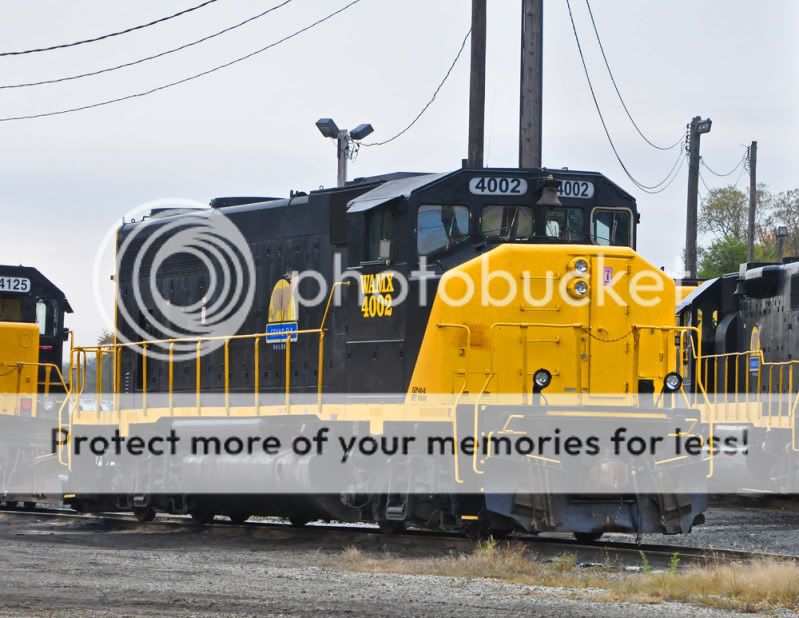Another terrible accident involving the New York Central's Lake Shore Limited was the 1940 Gulf Curve Disaster in Little Falls, NY.



The Lake Shore Limited had left Grand Central at 6:50PM with 250 passengers aboard, a Hudson in the lead, an express car, a baggage car and 13 Pullman cars. It arrived in Albany 14 minutes late and then, due to complaints of the engine not steaming well, had another Hudson, #5315, swapped on, costing it another 7 minutes. En route to its next stop in Utica, NY, it passed St. Johnsville another 2 minutes behind schedule. Just east of Little Falls, NY was Gulf Curve, a 7 degree turn that was the tightest on all of the New York Central. Gulf Curve had a 45mph speed limit, after a 1906 derailment had occured there and killed two people.
Approaching Gulf Curve at 74mph, the engineer, Jesse Earl, who was 65 years old, a 34 year veteran with NYC and one month from retirement, closed the throttle on #5315 but did not apply the brake. The train did not bleed off sufficient speed to navigate the curve, but the sudden throttle closing caused the slack to run in and jack-knife the tender and locomotive and the train derailed at 59mph. It cut across the other three tracks, traveling some 400 feet, before striking a rock embankment. The impact ripped the trailing truck off of #5315 and flung it into the Mohawk River and ruptured the boiler of, causing a boiler explosion that flung shrapnel over a quarter-mile away and instantly killed the fireman, J.Y. Smith. Eleven of the cars overturned and sustained major damage, with one of the cars ending up on its side on Main Street.
Over 4000 people responded to the crash site, civilians and first responders alike, to begin cutting into the wreckage to rescue those alive. Engineer Earl survived the crash but died of injuries that he suffered. In addition to him and the fireman 26 passengers, 2 Pullman porters, and 1 train porter were killed while 47 passengers, 1 Pullman porter, 2 dining-car employees, and 1 other employee were injured. The collision also snarled up traffic on the NYC, resulting in them diverting traffic over the West Shore to bypass the accident.
Most bizarre was that there were 35 Chinese nationals aboard the last car of the train, being escorted by a federal martial for deportation. Reports of their destination are varied. Some sources say that they were headed to San Francisco to be shipped overseas. Others say that they were being transported up to Canada, since they had illegally entered the US from Canada. All of them and their escort were unharmed, as their car remained upright.
The exact reason for the derailment was never determined. Earl was a long-time engineer in good-standing who was familiar with the area and would have known to slow for Gulf Curve. The brakes had been tested at Albany when #5315 had been swapped on and had also worked for other speed restrictions. The roadbed and tracks were found to be in good condition. The belief is that Earl, knowing that passenger trains were losing ground to airlines and cars, was feeling competitive pressure and was trying to make up time. Also, one of the cars in the train was to be set out at Utica and coupled onto a train heading up the Adirondack Division and he may have been concerned with delaying that train or the passengers missing their connection
After the incident, the #5315 was scrapped due to the damage. I cannot find whether she was scrapped at Syracuse or Albany. This made her the first Hudson retired and the only Hudson that was not repaired and returned to service following a derailment or collision. The damaged cars were also presumably retired. The New York Central was pressured into redesigning the Gulf Curve, although World War II would delay that construction until '45. The radius was reduced from 7 degrees to 1 degree, allowing trains to maintain speed through Little Falls.
Today a small historical marker marks the location. I should go find it one of these days.


















%20AS16m%201488,%20Green%20Bay,%20Wi.%20%20Jul%20'80.jpg)










































